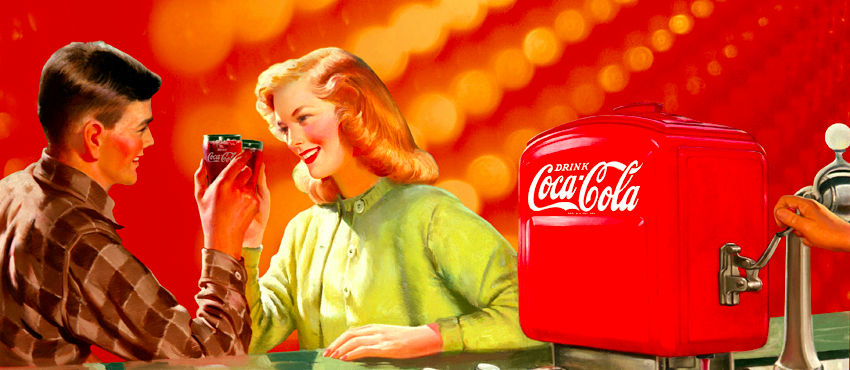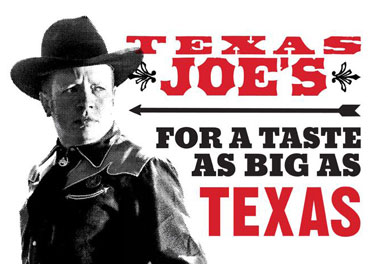Why do we remember some ads, but immediately forget others? If you are over forty, you probably still remember many of the jingles and taglines of ads from the seventies and eighties.
It is equally possible that you can’t remember a single ad from yesterday. Don’t worry. This is not the early onset of Alzheimer’s. It is the difference between ads that were designed to speak to the whole person versus ads that are more one-dimensional.

If you want people humming your jingle 40 years later, here’s what you need to know:
Into the Eyes of the Beholder
The eyes do more than just see things. They can trigger other senses as well. Through our eyes, we can travel to distant lands, and back in time. The eyes are one of the most important doorways to our memories. The one who masters that space, masters the whole person.
That means that effective display marketing begins with the eyes. It starts with high graphical fidelity. Creative Displays Now offers some great examples of the type of imagery to which I am referring. There are even more examples in the video provided there. The company you choose to make your displays must use the latest technology and techniques to bring out every pixel of detail. You will not access the emotional centers of the customers if your graphics are muddy and indistinct.
Nostalgia: The Ultimate Time Machine
If you want to address the whole person with your ad, put them in a time machine and take them back to a fond memory: their first kiss, their favorite after-school TV show when they were young.
A man on a horse, riding off into the sunset, or just a picture of a cowboy vaguely reminiscent of the Duke can make your otherwise, nondescript, jerked beef stick fly off the shelf thanks to such a display.

A strong sense of nostalgia can also be evoked through sound. Certain genres of holiday music like the kind heard in classic movies and TV shows can bring you back to the first time you watched Frosty the Snowman with your family. If you can’t sell a product after evoking such strong and positive associations, you should look into juggling. Your career in sales is doubtful.
Sell the Sensation, not the Product
Consider two images: The first is of an enticing loaf of fresh bread.

The second is of a person lost in the ecstasy of the aroma of fresh bread.

If you sell the bread, you are competing with everyone who sells bread. If you sell the sensation, you have a definite advantage.
When Apple entered the nascent MP3 player market with the now, iconic iPod, they took a very different approach from their competition. While everyone else was selling music players, Apple sold the joy of listening to music on the go. Those dancing silhouettes will be the subject of advanced marketing courses for years to come. The iPod was always about the experience of the product, not the technology.
Another great example is Skittles. If you ever wondered what a rainbow would taste like if you could eat one, Skittles attempted to provide the answer. To this day, the words, “Taste the rainbow” make me crave a bag of Skittles. I don’t even like candy. But Skittles aren’t candy; Skittles are the rainbow.
From, “Calgon, take me away”, to York Peppermint Patties: companies that sell the sensation rather than the product tend to have a long run of success.
In a world full of serviceable products and nice looking ads, it is very difficult to stand out in the crowd. You need to grab more than a moments attention. You need to involve the total person. Using nostalgia to evoke emotion, and sensation to stimulate imagination are the keys to unlocking your full marketing potential.


